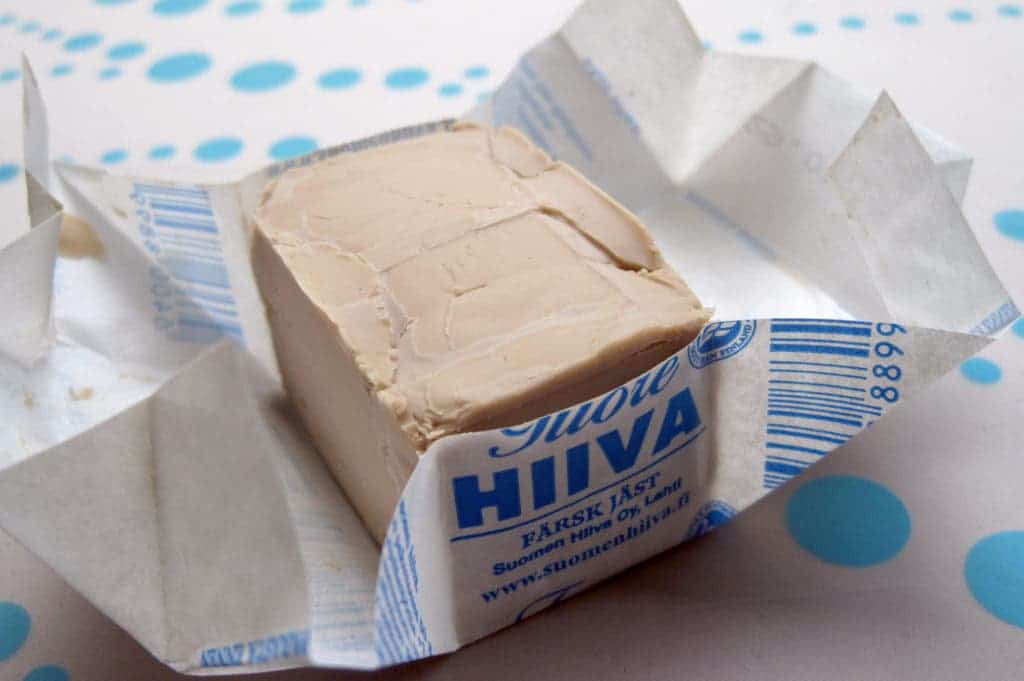French researchers report that yeast, too, should be labeled as ‘made in China’.

Image credits Hellahulla / Wikimedia.
It may not seem like it, but the humble yeast is one of the oldest, most hard-working members of team Human Civilization. I’m not going to go into specifics right now, partly because I’m lazy and partly because Elena already did a wonderful job at covering them, here. Suffice to say that society, as we know it, likely couldn’t have existed without the fermenting fervor of yeast.
Despite this, yeast is pretty poorly understood. For example, we know everyone uses it, but not where it first came from. A team of two French geneticists — Gianni Liti from the Université Côte d’Azur, and Joseph Schacherer from the Université de Strasbourg — set out to better understand it.
The team was nothing if not thorough. Their work involved sequencing over 1,000 yeast genomes, ranging from the usual sources such as baker’s or brewer’s yeast to those found in sewage, oil-contaminated asphalt, termite mounds, sea water, one infected nail from a 4-year-old Australian girl. Their approach was thorough by design — the scientists wanted to re-create yeast’s origin and evolutionary path. Getting their hand on as many wild, little-known strains of yeast from as many backgrounds as possible would help paint an accurate picture.
Spoiler alert: it comes from Yeast Asia
“It’s easy to get a thousand wine strains,” says Schacherer, “But that’s not how we wanted to proceed.”
Their results point to East Asia (China) as the yeast’s area of origin.
The most telling clue, according to the team, is that yeast recovered in and around China has the most genetic diversity anywhere in the world. The massive sequencing effort revealed that there are more genetic differences between yeast strains in Taiwan and Hainan — two close-by tropical islands off the coast of China — than there are between strains in Europe and the United States, separated by the entire Atlantic.
The team’s hypothesis isn’t much different than the path what we think humanity followed: the out-of-Africa hypothesis. Just as all of us today descend from populations that came out of Africa, all yeast everywhere descends from strains in East Asia. After these wild yeast strains made it out of Asia, humans likely domesticated them several times for use in food preparation and brewing.
Another surprising find was how strains differed from each other. The standard measure of genetic difference is to look at the same gene in two separate strains and compare the two — how much each gene’s ‘letters’ change, is an indication of how long ago the strains diverged. However, the team found that another metric, the number of times a particular gene is repeated in the genome (known as ‘copy-number variation’) accounts for most of the differences between strains.
This may hold true for other species as well, possibly even us, but we just don’t know for sure; yeast is more easily studied, as its genome is some 200 times shorter than our own. The results, the team says, should prompt more research into copy-number variation in humans, as well.
The paper “Genome evolution across 1,011 Saccharomyces cerevisiae isolates” has been published in the journal Nature.






